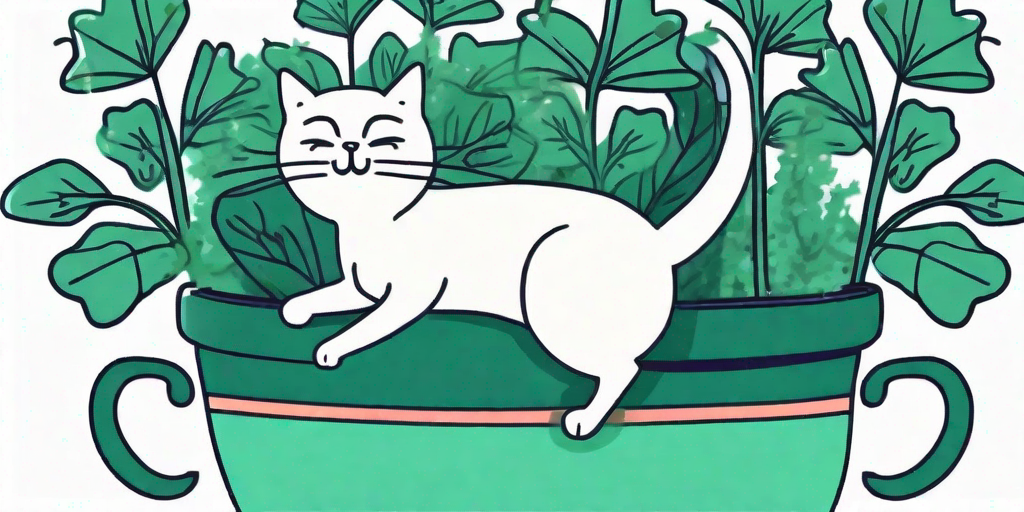
If you're a cat lover, you've probably heard of the magical herb that makes our feline friends go bonkers. Yes, we're talking about catnip. This minty plant is like a feline's version of a fine wine, and growing it at home can be a fun and rewarding experience. But how do you cultivate this kitty cannabis? Fear not, dear reader, for we are about to embark on an epic journey of catnip cultivation.
The Catnip Plant: A Brief Introduction
Before we delve into the nitty-gritty of catnip cultivation, let's take a moment to understand what this plant is all about. Catnip, or Nepeta cataria, is a member of the mint family. It's native to Europe, Asia, and Africa, but has since found its way to North America and other parts of the world. The plant is famous for its effects on cats, which range from mild fascination to absolute obsession.
But what is it about catnip that drives cats wild? The answer lies in a chemical compound called nepetalactone. This compound is found in the leaves and stems of the catnip plant and is responsible for the euphoric effect it has on our feline friends. But enough about the science, let's get down to business.
How to Grow Catnip
Choosing the Right Spot
Like most plants, catnip needs a good amount of sunlight to thrive. Choose a spot in your garden that gets at least six hours of sunlight a day. If you're planning on growing catnip indoors, place it near a south-facing window for maximum sunlight exposure.
Another thing to consider is the quality of the soil. Catnip prefers well-drained soil with a pH level between 6.1 and 7.8. If your soil is too acidic or alkaline, you might need to add some garden lime or sulfur to balance it out.
Planting the Seeds
Once you've chosen the perfect spot, it's time to plant the seeds. You can start by sowing the seeds directly into the soil, or you can start them indoors in a seed tray and transplant them later. If you're starting indoors, make sure to keep the soil moist but not waterlogged.
When the seedlings are about 3 inches tall, it's time to transplant them to their permanent home. Be sure to space them about 18 to 20 inches apart to give them room to grow.
Caring for Your Catnip
Catnip is a fairly low-maintenance plant, but it does need some care to thrive. Water it regularly, but be careful not to overwater. The soil should be moist, but not soggy. If the leaves start to turn yellow, it's a sign that the plant is getting too much water.
As for fertilizing, catnip doesn't need much. A light application of a balanced fertilizer in the spring should be enough to keep your plants happy and healthy.
Harvesting and Storing Catnip
Once your catnip plants have reached maturity, usually around 75 to 85 days after planting, it's time to harvest. The best time to harvest catnip is when the plant is in full bloom, as this is when the nepetalactone content is at its highest.
To harvest, simply cut the stems about 3 to 4 inches from the top. You can then hang the cuttings upside down in a dry, dark place to dry. Once dried, you can store the catnip in an airtight container away from light and heat.
Frequently Asked Questions
Can I grow catnip indoors?
Yes, catnip can be grown indoors. Just make sure it gets plenty of sunlight and the soil is well-drained.
How often should I water my catnip?
Water your catnip regularly, but make sure the soil is not waterlogged. If the leaves start to turn yellow, it's a sign of overwatering.
When is the best time to harvest catnip?
The best time to harvest catnip is when the plant is in full bloom, usually around 75 to 85 days after planting.
Conclusion
And there you have it, a comprehensive guide to growing the purrfect treat for your feline friend. With a little bit of patience and care, you can cultivate your own catnip and watch as your cat goes wild for it. So why not give it a try? Your cat will thank you for it.











